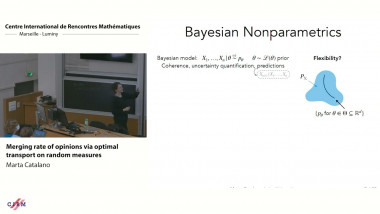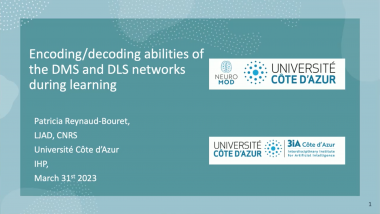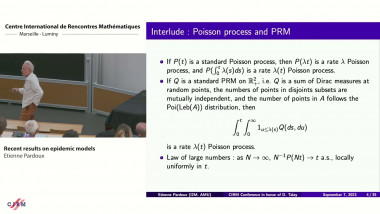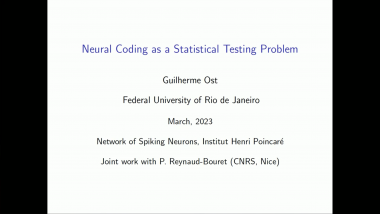Apparaît dans la collection : 2023 - T1B - WS2 - Networks of spiking neurons
Like Moore's law in semiconductors, the number of neurons we can record simultaneously from the brain is increasing (Stevenson and Kording, 2011). State-of-the-art techniques allow researchers to record large numbers of spike trains in parallel for many hours. Such recordings will enable us to infer the network of neural circuits, i.e., the synaptic connectivity between neurons, which clarifies how the brain computes based on neurons. Cross-Correlation (CC) method is a standard method for estimating the connectivity from parallel spike trains (Perkel et al., 1967). While the CC method has been used to estimate neuronal connectivity, its estimate becomes unreliable when neural activity fluctuates widely. In this presentation, we propose two approaches to resolve the large fluctuation problem: Generalized Linear model for Cross-Correlation (GLMCC) (Kobayashi et al., 2019). We demonstrate that the proposed method can robustly estimate the synaptic connectivity from parallel spike trains by applying them to a synthetic dataset generated by the network of spiking neurons and performs better than conventional methods (e.g., jittering method: Amarasingham et al., 2012). A ready-to-use version of the web application, the source code, and example data sets are available on our website (https://s-shinomoto.com/CONNECT).
















